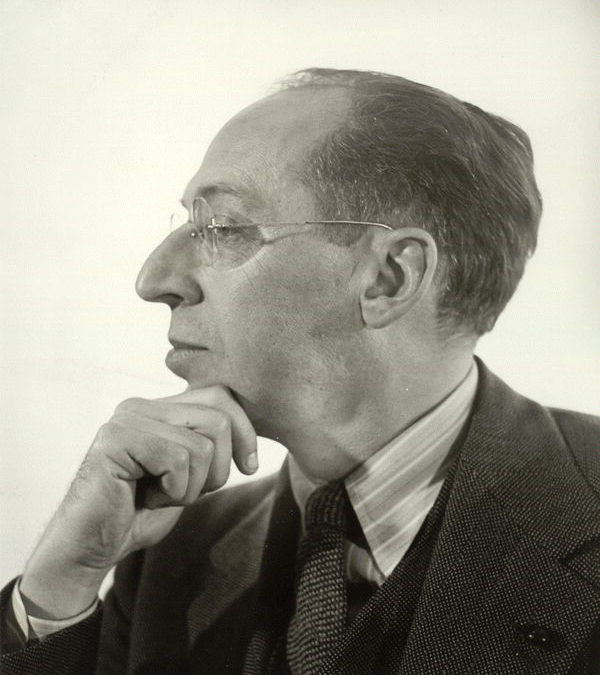NOVEMBER 14, 2018 — Guest conductor Cristian Măcelaru leads The Philadelphia Orchestra in the full-orchestra version of Aaron Copland’s complete score for Appalachian Spring on November 23 and 24 (more information and tickets can be found here). The following excerpt from an essay in the score written by Aaron Sherber, former music director of the Martha Graham Dance Company, explains the history behind the piece and how this newly completed version of the ballet score came to be.
Aaron Copland’s ballet score for Appalachian Spring was premiered by the Martha Graham Dance Company on October 30, 1944, in the Coolidge Auditorium at the Library of Congress. Owing in large part to space and budgetary constraints, the ballet was scored for an ensemble of thirteen instruments: flute, clarinet, bassoon, piano, double string quartet, and bass.
In the months that followed, Copland transformed his ballet score into a suite for full orchestra. This version was premiered by Artur Rodzinski and the New York Philharmonic almost a year later, on October 4, 1945, and it quickly became one of Copland’s best-known works. Copland described the suite as “a condensed version of the ballet, retaining all essential features but omitting those sections in which the interest is primarily choreographic.” (In 1970, Copland transferred his edits back onto the original ballet, resulting in the thirteen-instrument suite.)
In the 1950s, Eugene Ormandy approached Copland about the possibility of restoring all of the cuts to the suite, in order to yield an orchestral version of the complete ballet. This was done with an eye towards a performance in 1954 with The Philadelphia Orchestra and the Graham Company, since Graham’s choreography could not be used with the suite. However, despite published claims to the contrary, that performance seems ultimately to have used the original thirteen-instrument version of the ballet (possibly with expanded strings, as the Graham Company has often done); Ormandy’s own 1957 recording of Appalachian Spring restored only sections I and L to the orchestral suite.
The present score grew out of a desire to finally have an orchestral version of the entire ballet, one which aligns precisely with the original thirteen-instrument score and which could be used to accompany Martha Graham’s choreography. (A note by Copland in his “No. 6” insert implies that this was something he did envision, even if he never brought the project to completion.) At the request of the Copland Fund, composer and conductor David Newman orchestrated about fifty measures which did not appear in any previous orchestral version; he also adjusted some passages which needed to be brought back to their original key. The rest of the score is drawn from the orchestral suite and the six extant inserts.
The tempo markings in this score follow those in the original ballet rather than those in the orchestral suite, which sometimes differ; the intent was to think of this as an orchestrated version of the ballet, rather than simply as the suite with inserts. This score also tacitly corrects some of Copland’s verbal indications of tempo relationships when they are clearly contradicted by metronome markings and other musical evidence.
Source: The Philadelphia Orchestra, post ➭

